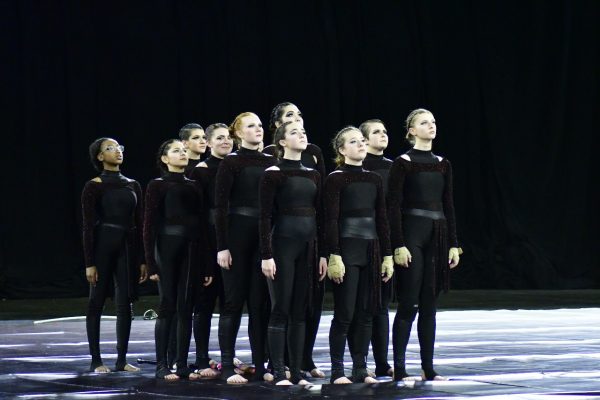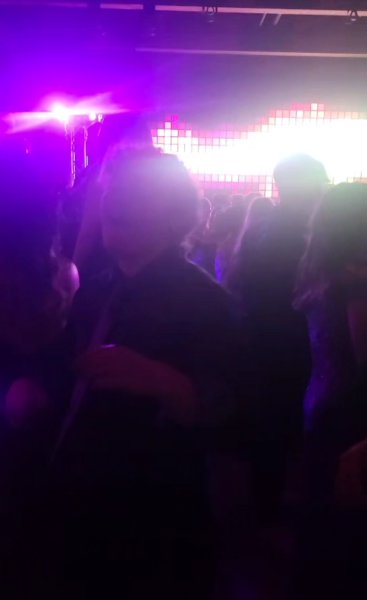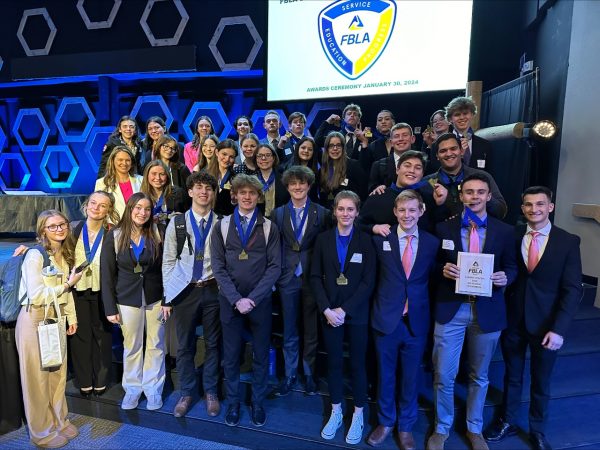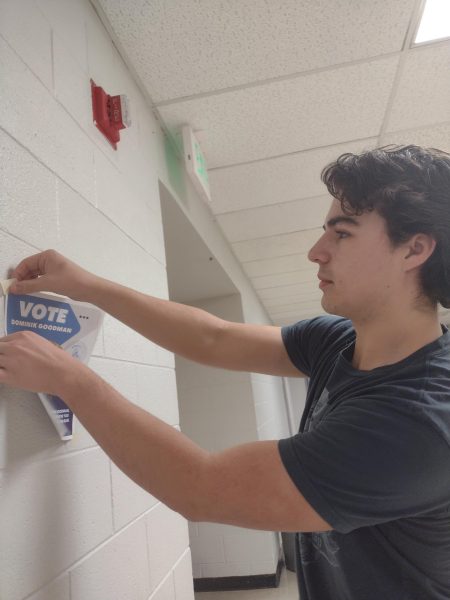The Truth About Being a Student of Color in a White Majority School
I entered the room as if thousands of negative words covered my bare body. It felt as if their eyes were crawling, analyzing every inch of my brown skin. My subtle accent was masked behind a shaking voice. Young minds could not consume the idea of someone who didn’t look like them, and I kept thinking, what could possibly be wrong with me?
The image flooded into my youthful mind every time I entered a classroom, restaurants, parks and even my friends’ houses.
Seven years ago, my family packed all of our belongings and decided to start a new chapter on the other side of the planet. In my ten years I spent in Iran, I never imagined in a million years I would have to say goodbye to my friends, family and home.
Unfamiliar to the culture, language and people, it wasn’t easy making my debut in the United States. Other students were confused by me, they had never heard of the middle eastern country of Iran, and would not believe that Farsi was a real language. I was judged, stereotyped and bullied for who I was and where I came from.
Seven years have passed, and throughout them I have met so many others who shared the same experiences, and been able to educate hundreds of people about my culture.
Though I am now a citizen of this country, and surrounded by amazing people, it can still feel odd to look around and see very few people like me. I feel this especially at school, where I spend the majority of my time during the week.
Air Academy High School possesses a label of being a “rich white school”, and though that statement does not prove itself completely true, there is no denying that the majority of the students and staff at the school are white.
According to AAHS administrator Emili Anderson, via the school’s census, 90.88 percent of AAHS consists of white students, leaving a minuscule 9.12 percent of non-white students.
“I can feel out of place, people look at me differently because I’m colored, especially when they ask questions constantly and make assumptions about my race,” said junior Laila Dawood, who is a second generation immigrant to the U.S with an Arab (Iraq) mother and an African-American father.
It can be difficult for some students to use the appropriate language when approaching another student that may not resemble their skin color. It goes beyond the topics of any academic teaching that a student can derive from school; learning how to ask the right questions without making stereotypical assumptions takes respect and time within the conversation.
One can never assume the same question asked will spark the same answers. Though the person you are interacting with may just laugh it off, it could possibly have triggered more sorrowful emotions.
“The hardest part is being an ocean away form my parents. My freshmen year playing basketball, all the white people on the team would speak English, and I would have no idea what they were saying,” said junior Q Tran who is a first generation immigrant from South Vietnam.
Tran moved to the U.S by herself when she was 14 years old, and like myself, she improved her English by immersion in the American environment and through the help of the English as a Second Language program (ESL).
ESL is a program offered to students that have a first language other than english. Starting with an english exam that assesses the level of language help the students will receive based on their score, they have the option of being placed in ESL regulated classes or regular academic classes with an ESL Kadet Time. Different pathways are offered, but ESL teacher Renee Mendieta emphasizes the importance of Kadet Time for building community.
There are dozens of programs like ESL that help students of color advance in school. Discovery Canyon Campus junior Alysa Jeffries provides insight into how she is a part of of the College Prep Academy (CPA), a program that helps African-American students gather tools to get into higher education schools.
“When we have our meetings, especially in theatres or college halls, it is a group of 15 or more black kids walking around and we constantly get glared at; the program truly does stand for something, because in our time, it’s not easy for students like us to get colleges’ attention,” said Jeffries who is a second generation immigrant to the U.S with a British-African father and a Korean mother.
Despite the negative air that surrounds the topic, attending a white majority school can truly help students with varied cultures learn new things and adapt to the American environment, especially as newcomers to the country. After all, each American family has their own traditions and cultures that are unique to them and worth learning about.
“Our immigrant and refugee students have a lot to learn from the American culture, but I also think the native students have a lot to learn from ESL students and so it’s important for me to find ways to allow my students to share their growing diversity at Air Academy,” concluded Mendieta.
Even after all the ignorant comments and dirty looks that I’ve received, I have erased every negative word off my body, stared into the inquisitive and confused eyes that wander my skin, spoken in a clear tone, and glorified my accent with every phrase.
I am from the Middle East, but that does not make me a terrorist. I am a citizen of the U.S, but that does not take away from my native culture. I am simply a 16 year old year girl who will never let the color of my skin become anything less than my pride.

heyo i'm mida (short for parmida), and i hate uppercase letters. i am a senior this year at aahs and this is my second year as part of the jetstream journal...








